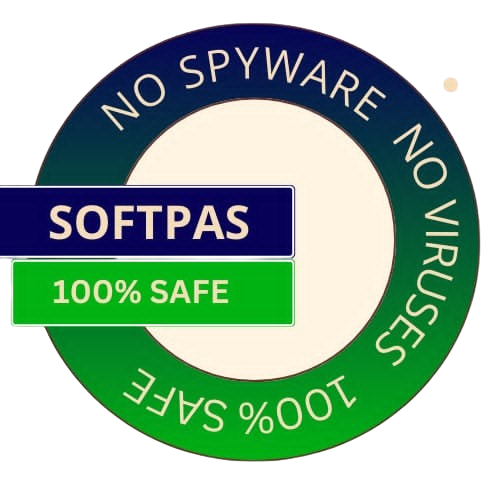
Get the best deals on your favorite games
Linux Bridge Utilities is a handy tool that helps connect two Ethernet segments in a way that doesn't depend on the protocol. Instead of using IP addresses like a router would, it forwards packets based on Ethernet addresses. Since this process happens at Layer 2, all types of protocols can pass through the bridge without any issues.
The Linux bridge code follows part of the ANSI/IEEE 802.1d standard. It first appeared in Linux version 2.2 and was later rewritten by Lennert Buytenhek. If you’re wondering about its integration, the bridging code has been included in both the 2.4 and 2.6 kernel series.
Before you dive in, make sure both of your network cards are set up properly and working fine. It's important not to set an IP address or let any startup scripts run DHCP on those Ethernet interfaces just yet! You'll need to assign an IP address after you’ve configured your bridge.
You can use the command ifconfig to see both network cards’ status; they should be showing as DOWN at this point.
Most of the time, the bridge code comes as a module. If everything is set up right with your module, it will load automatically when you run your first brctl command. If you've built your bridge utilities correctly and your kernel along with the bridge module are good to go, typing brctl will show you a brief command synopsis.
This tool makes managing your network much easier!
Go to the Softpas website, press the 'Downloads' button, and pick the app you want to download and install—easy and fast!

SoftPas is your platform for the latest software and technology news, reviews, and guides. Stay up to date with cutting-edge trends in tech and software development.
Subscribe to newsletter
© Copyright 2024, SoftPas, All Rights Reserved.